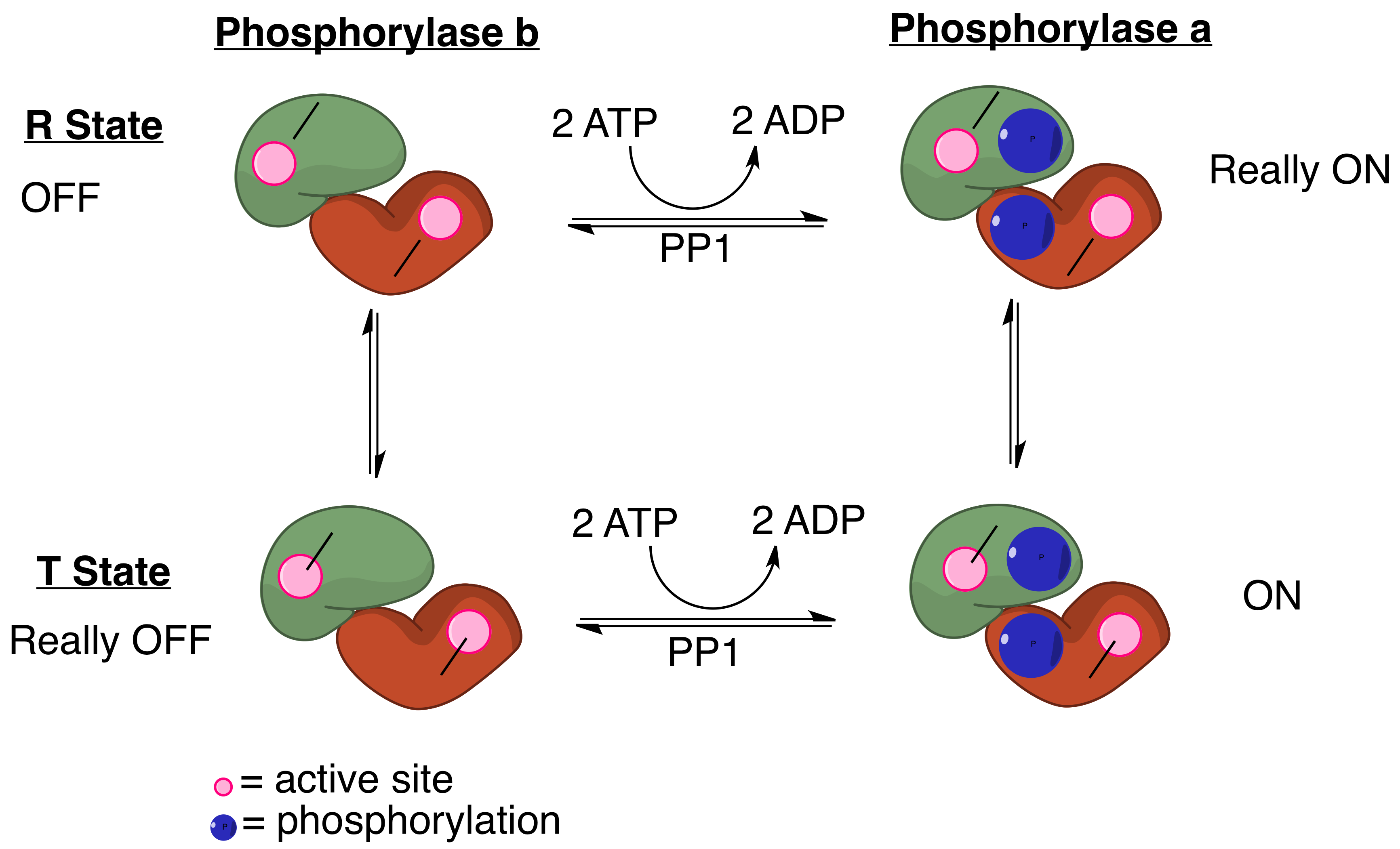|
PPP1R3C
Protein phosphatase 1 regulatory subunit 3C also known as PTG is an enzyme that in humans is encoded by the ''PPP1R3C'' gene In biology, the word gene has two meanings. The Mendelian gene is a basic unit of heredity. The molecular gene is a sequence of nucleotides in DNA that is transcribed to produce a functional RNA. There are two types of molecular genes: protei .... Function Protein phosphatase-1 ( PP1) participates in the regulation of a wide variety of cellular functions by reversible protein phosphorylation. The ability of PP1 to regulate diverse functions resides in its capacity to interact with a variety of regulatory subunits that may target PP1 to specific subcellular locations, modulate its substrate specificity, and allow its activity to be responsive to extracellular signals. Several targeting subunits of PP1 have been identified, including PPP1R5, the glycogen-binding subunits GM, GL, PTG and R6 and PPP1R4, and the nuclear inhibitor of PP1 ( PPP1R8). ... [...More Info...] [...Related Items...] OR: [Wikipedia] [Google] [Baidu] |
Protein Phosphatase 1
Protein phosphatase 1 (PP1) belongs to a certain class of phosphatases known as protein serine/threonine phosphatases. This type of phosphatase includes metal-dependent protein phosphatases (PPMs) and aspartate-based phosphatases. PP1 has been found to be important in the control of glycogen metabolism, muscle contraction, cell progression, neuronal activities, splicing of RNA, mitosis, cell division, apoptosis, protein synthesis, and regulation of membrane receptors and channels. Structure Each PP1 enzyme contains both a catalytic subunit and at least one regulatory subunit. The catalytic subunit consists of a 30-kD single-domain protein that can form complexes with other regulatory subunits. The catalytic subunit is highly conserved among all eukaryotes, thus suggesting a common catalytic mechanism. The catalytic subunit can form complexes with various regulatory subunits. These regulatory subunits play an important role in substrate specificity as well as Cellular compartmen ... [...More Info...] [...Related Items...] OR: [Wikipedia] [Google] [Baidu] |
Enzyme
An enzyme () is a protein that acts as a biological catalyst by accelerating chemical reactions. The molecules upon which enzymes may act are called substrate (chemistry), substrates, and the enzyme converts the substrates into different molecules known as product (chemistry), products. Almost all metabolism, metabolic processes in the cell (biology), cell need enzyme catalysis in order to occur at rates fast enough to sustain life. Metabolic pathways depend upon enzymes to catalyze individual steps. The study of enzymes is called ''enzymology'' and the field of pseudoenzyme, pseudoenzyme analysis recognizes that during evolution, some enzymes have lost the ability to carry out biological catalysis, which is often reflected in their amino acid sequences and unusual 'pseudocatalytic' properties. Enzymes are known to catalyze more than 5,000 biochemical reaction types. Other biocatalysts include Ribozyme, catalytic RNA molecules, also called ribozymes. They are sometimes descr ... [...More Info...] [...Related Items...] OR: [Wikipedia] [Google] [Baidu] |
Gene
In biology, the word gene has two meanings. The Mendelian gene is a basic unit of heredity. The molecular gene is a sequence of nucleotides in DNA that is transcribed to produce a functional RNA. There are two types of molecular genes: protein-coding genes and non-coding genes. During gene expression (the synthesis of Gene product, RNA or protein from a gene), DNA is first transcription (biology), copied into RNA. RNA can be non-coding RNA, directly functional or be the intermediate protein biosynthesis, template for the synthesis of a protein. The transmission of genes to an organism's offspring, is the basis of the inheritance of phenotypic traits from one generation to the next. These genes make up different DNA sequences, together called a genotype, that is specific to every given individual, within the gene pool of the population (biology), population of a given species. The genotype, along with environmental and developmental factors, ultimately determines the phenotype ... [...More Info...] [...Related Items...] OR: [Wikipedia] [Google] [Baidu] |
PPP1R3A
Protein phosphatase 1 regulatory subunit 3A is an enzyme that in humans is encoded by the ''PPP1R3A'' gene. The glycogen-associated form of protein phosphatase-1 (PP1) derived from skeletal muscle is a heterodimer composed of a 37-kD catalytic subunit (MIM 176875) and a 124-kD targeting and regulatory subunit, referred to as PP1G by Hansen et al. (1995). PP1G binds to muscle glycogen with high affinity, thereby enhancing dephosphorylation of glycogen-bound substrates for PP1 such as glycogen synthase (e.g., MIM 138570) and glycogen phosphorylase kinase (e.g., MIM 306000). Phosphorylation at ser46 of the PP1G subunit in response to insulin increases PP1 activity, while phosphorylation at ser65 in response to adrenaline causes dissociation of the catalytic subunit from the G subunit and inhibits glycogen synthesis. Because of these functions, PP1G was postulated to be involved in noninsulin-dependent diabetes mellitus Diabetes mellitus, commonly known as diabetes, is a ... [...More Info...] [...Related Items...] OR: [Wikipedia] [Google] [Baidu] |

